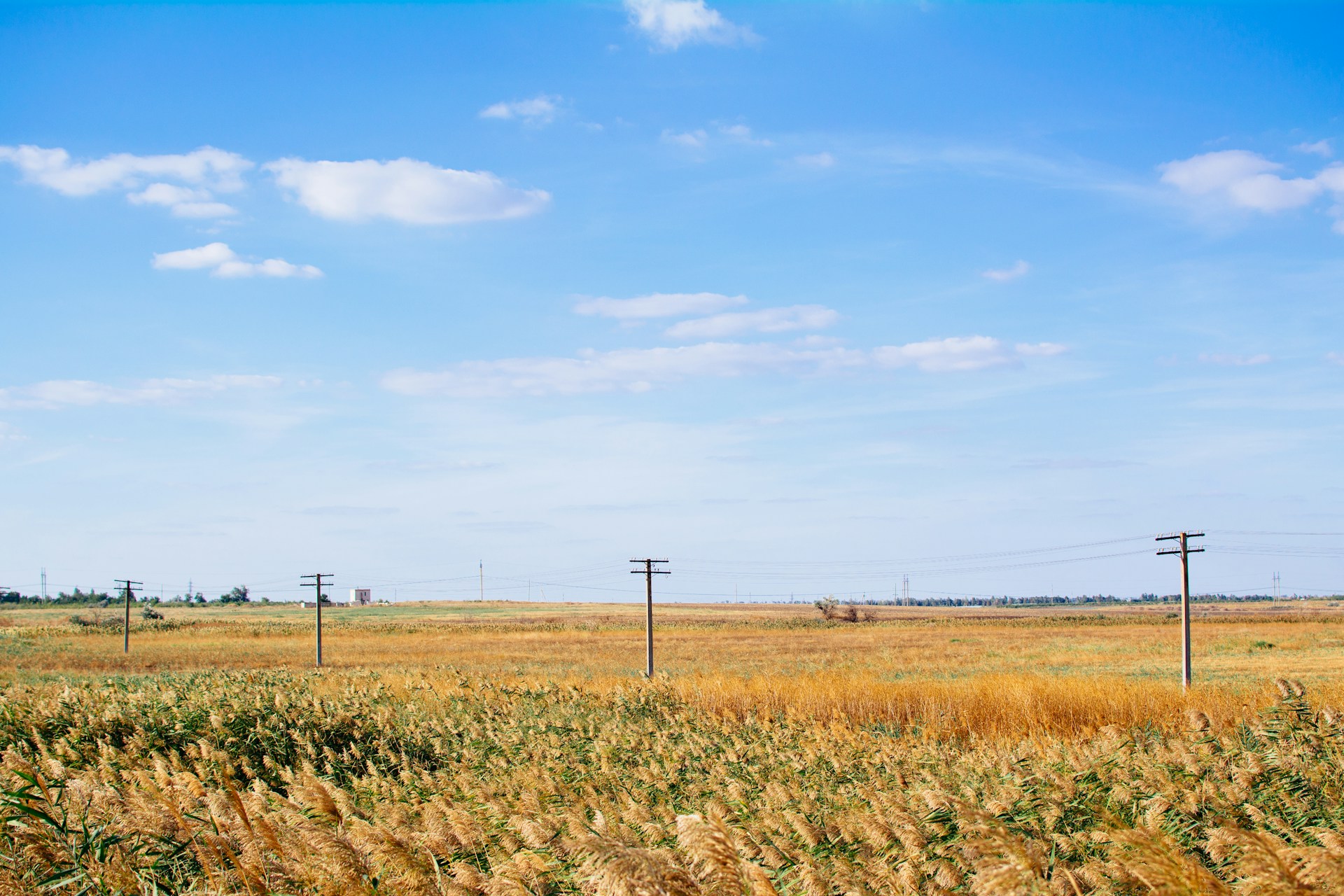Russia systematically violates international humanitarian law, in particular Protocol I to the Geneva Conventions, which prohibits the use of methods or means of warfare intended to cause severe damage to the natural environment. The Geneva Conventions also prohibit causing damage to the environment as a form of reprisal (a type of sanction). At the same time, the IAEA regularly reports that Russians have mined the Zaporizhzhia nuclear power plant, which can be seen as nuclear blackmail not only of Ukraine but of the whole of Europe. Russia has committed more than 4,700 environmental crimes in Ukraine, worth $64 billion. The Office of the Prosecutor General of Ukraine is investigating 280 criminal proceedings for war crimes against the environment, 15 of which are for ecocide.
Read also: Integrated vision of the Dnipro River: what is the joint project of Ro3kvit and Greenpeace about?
Ukraine is currently the most heavily mined country in the world, with about 142,000 km² considered potentially mined. The mining of natural landscapes and agricultural land poses a serious threat to the lives and health of citizens. Mine explosions lead to significant chemical contamination of soils with heavy metals. In turn, the high concentration of heavy metals and toxic substances makes the soil dangerous and, in some cases, unsuitable for further agricultural use. Mine detonations also cause fires.
Russians are mining everything, including civilian homes. They use the so-called “Petals”, anti-personnel landmines, which are prohibited by the Ottawa Convention. Since 24 February 2022 alone, 713 incidents involving mines and explosive remnants of war among civilians have been verified. 1,030 people were injured, of whom 309 died.
Children are one of the most vulnerable groups of people who can be affected by mines. In less than 2 years, mines and other explosive devices have caused 116 child casualties.
Read also: The right to education in times of war: what challenges does the state face?
Critical infrastructure workers and farmers cultivating fields that were in the area of hostilities are also at increased risk. It is known that 110 critical infrastructure workers and 185 agricultural workers were affected.
Mined areas also directly affect Ukraine’s loss of about $4 billion in agricultural exports annually. In total, according to the Tony Blair Institute and the Ministry of Economy of Ukraine, our country’s losses due to mines and other explosive devices amount to more than $11 billion annually.
To overcome the consequences of mines, the Government has approved the National Mine Action Strategy. There are also a number of countries and international organisations that provide us with assistance and carry out mine action activities together with Ukraine. These include the OSCE Project Co-ordinator in Ukraine, the United Nations Development Programme in Ukraine, and the Mine Action Coalition led by Lithuania and Iceland.
Read also: Environmental disaster in Chernihiv: Pollution in the Desna River threatens to spread to Kyiv
Specialised units of the Armed Forces of Ukraine, the State Special Transport Service, and the State Emergency Service are involved in demining. Innovative technologies and approaches are being used. However, the scale of the contamination remains an extremely difficult challenge that requires continuous support and resources. The biggest need for Ukraine today is to provide specialists with the proper equipment and facilities.
The war has violated the right of our citizens to a safe and healthy environment. The consequences of the Russian invasion will be felt not only by Ukrainians, but by all of humanity. After all, the damage caused to the environment leads to negative climate change and environmental pollution.
Read also: Education Ombudsman: Don’t waste your time with unnecessary school uniforms



